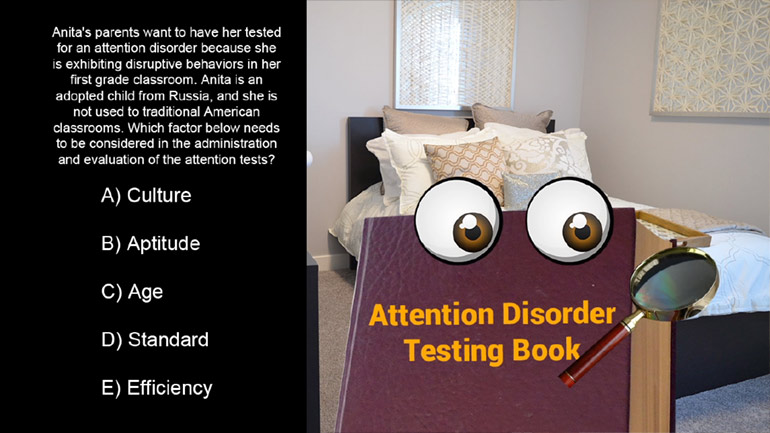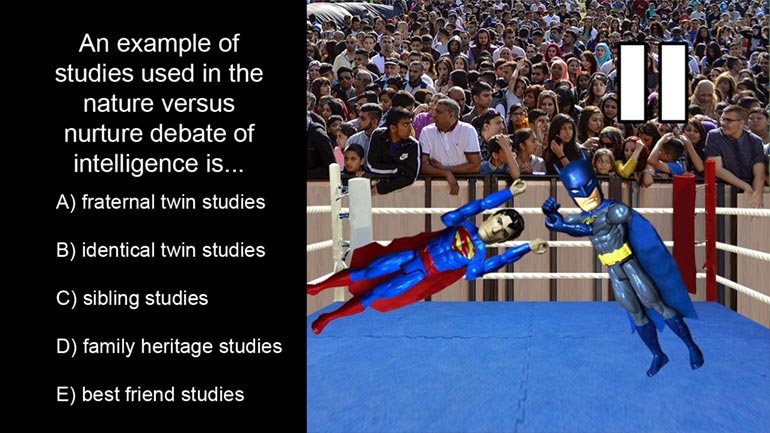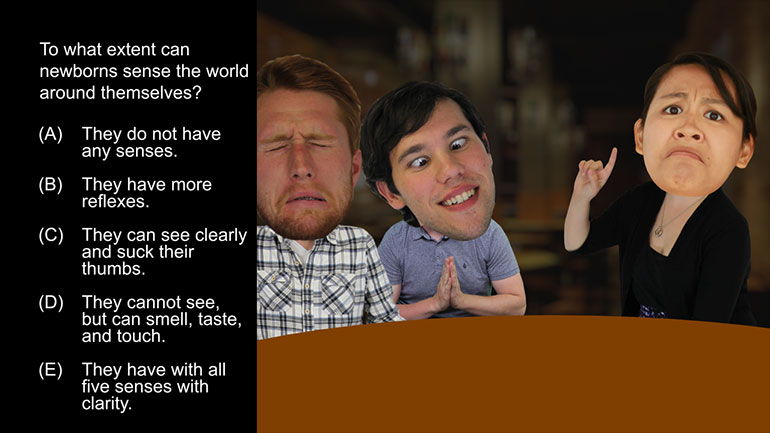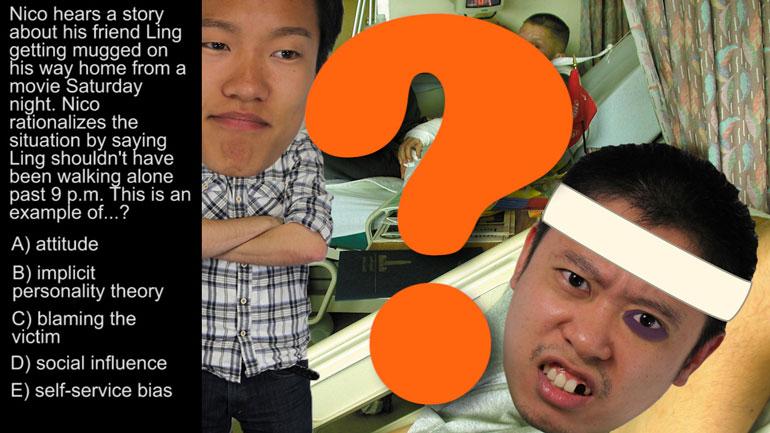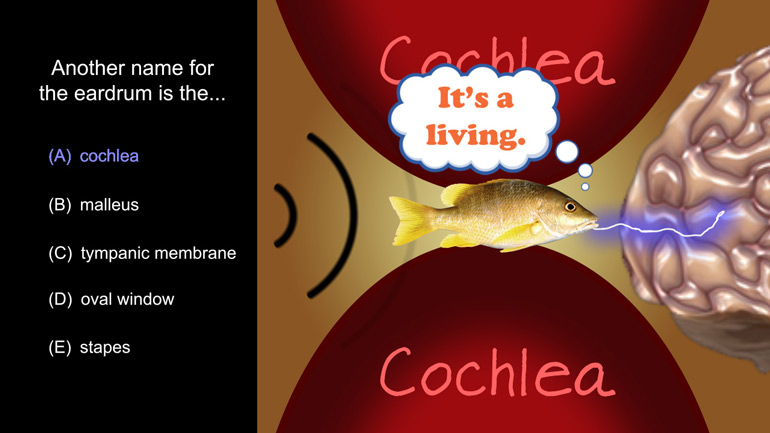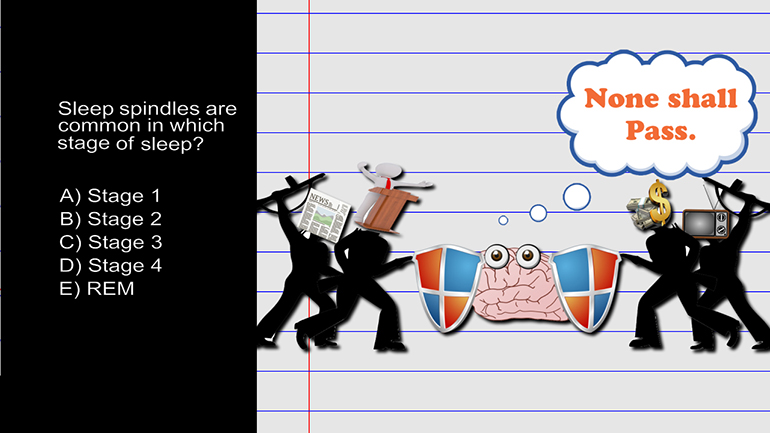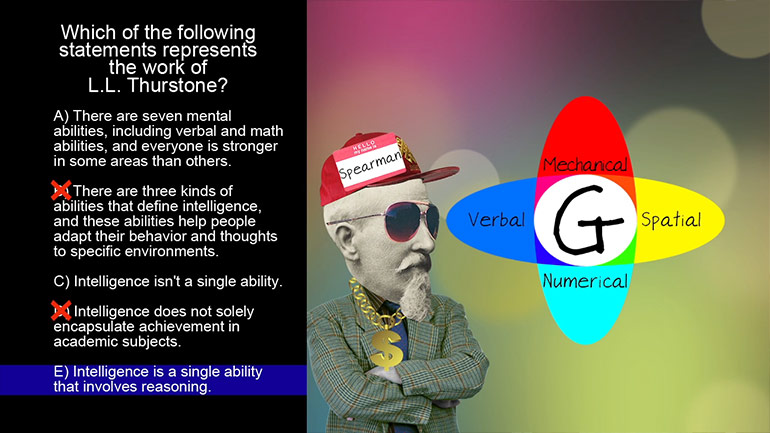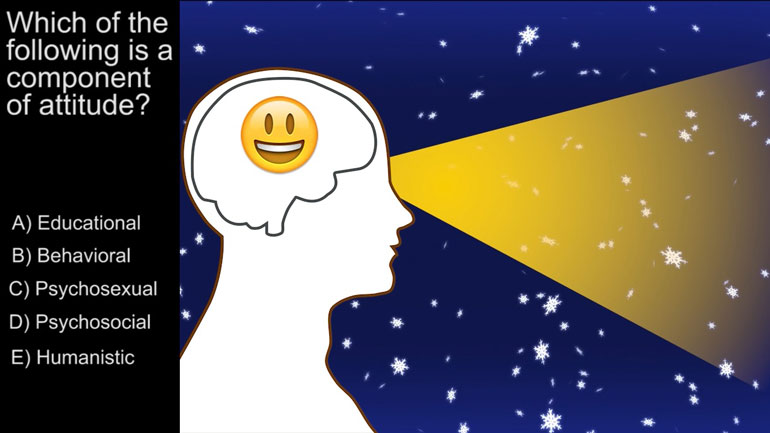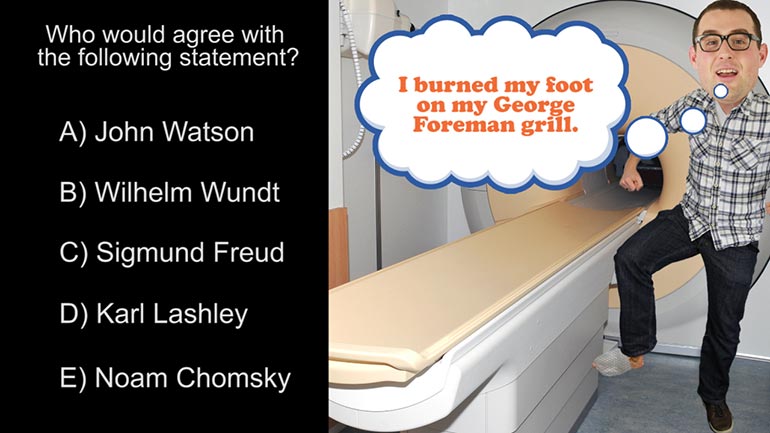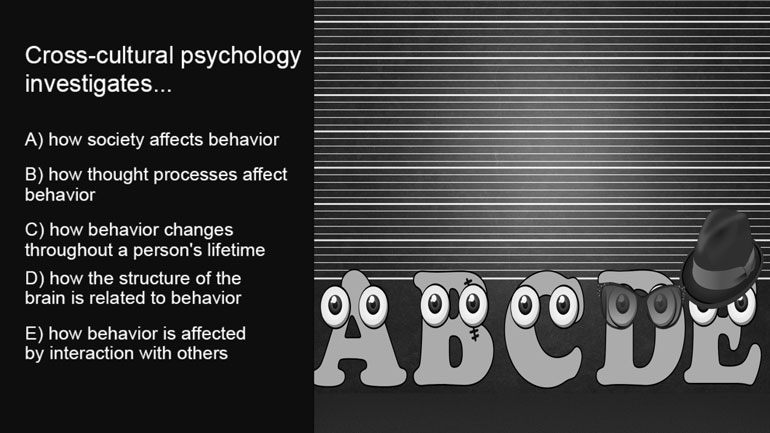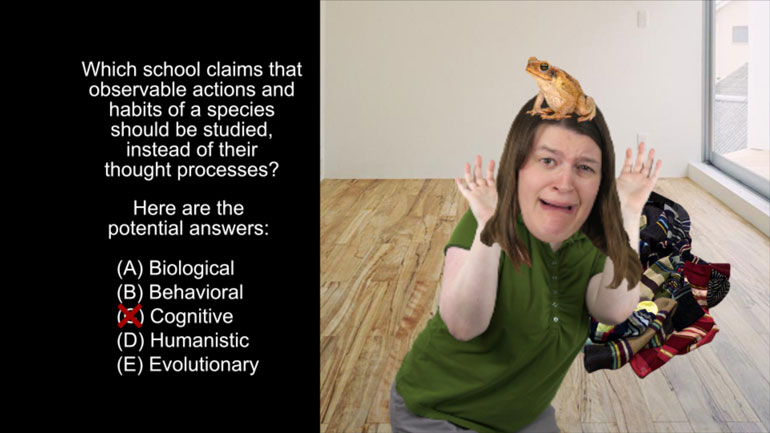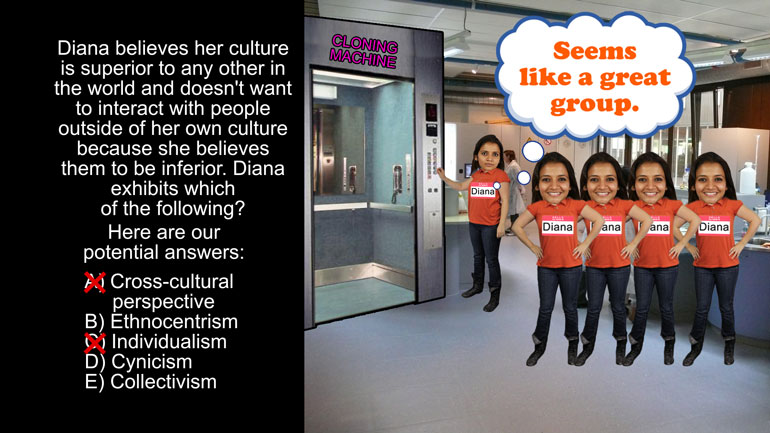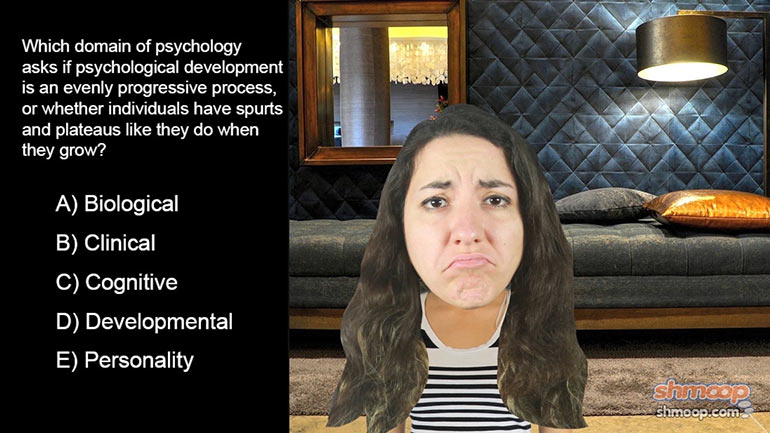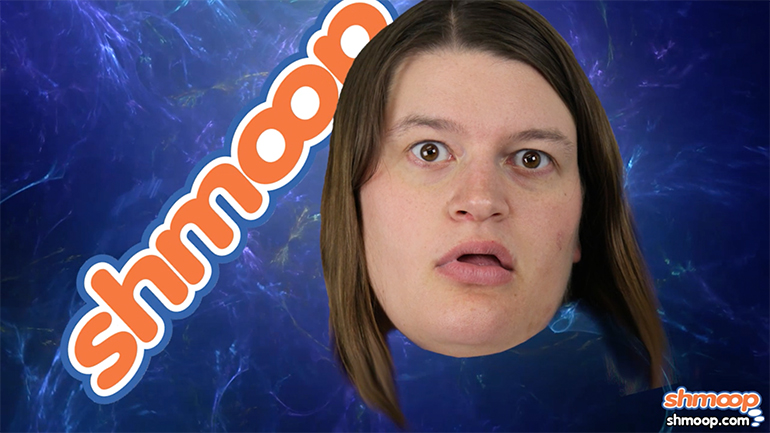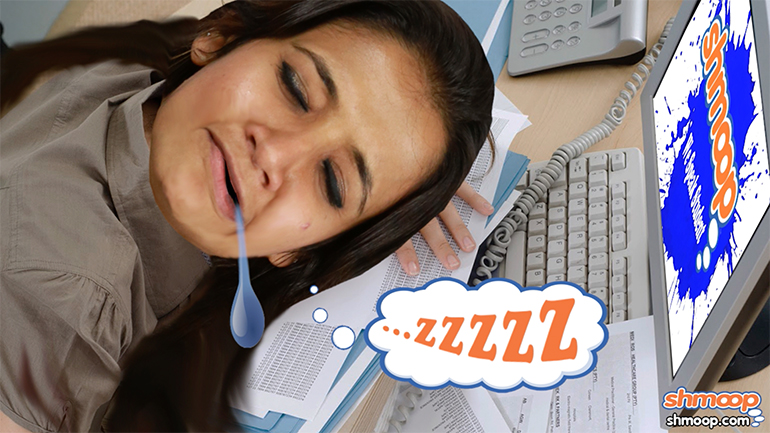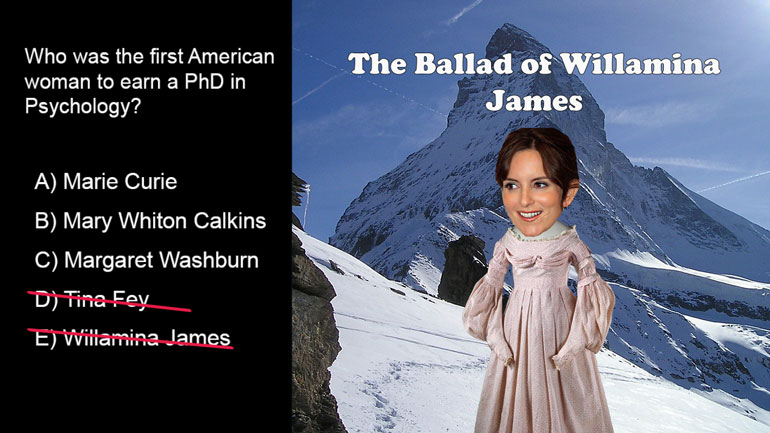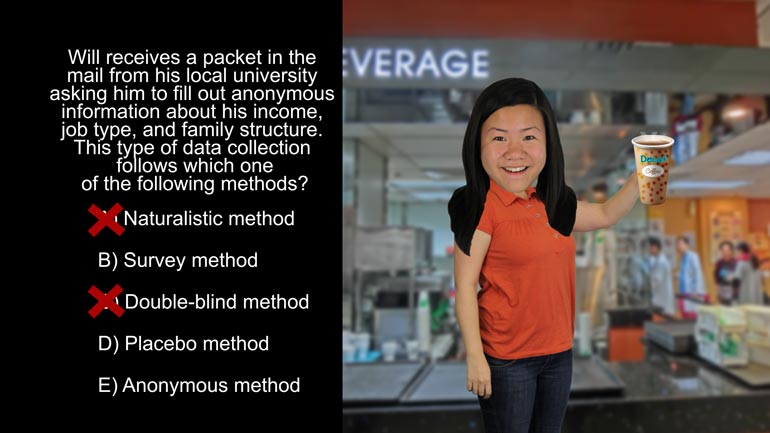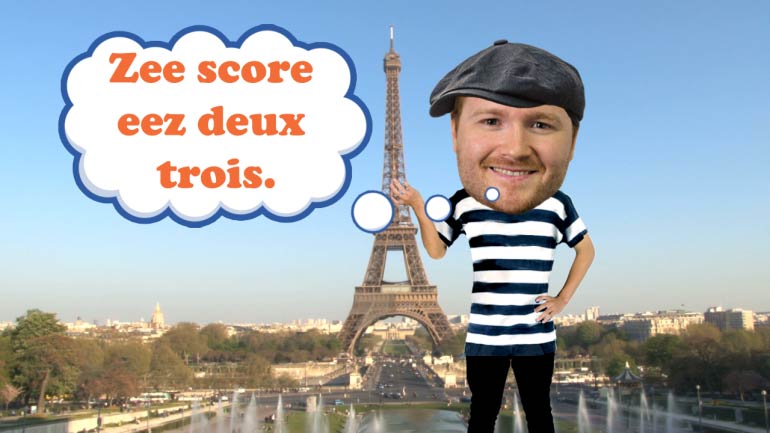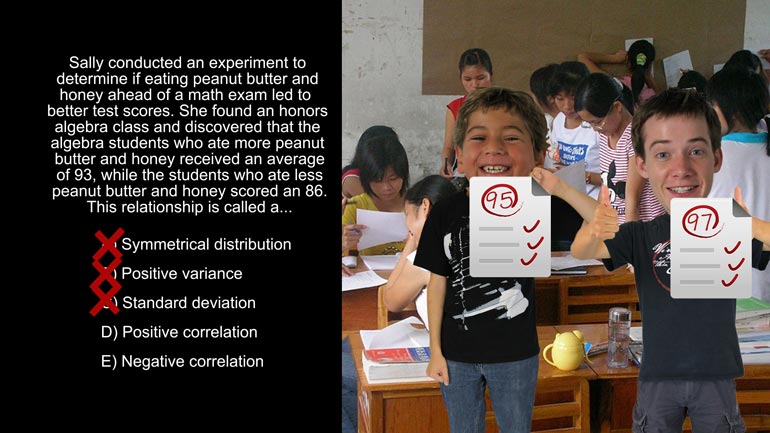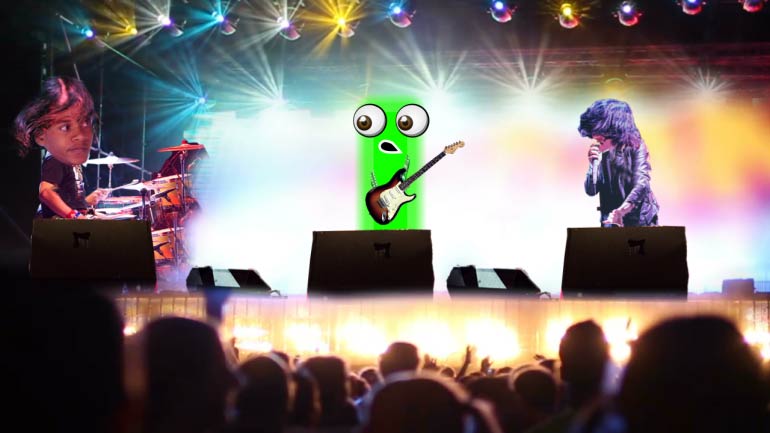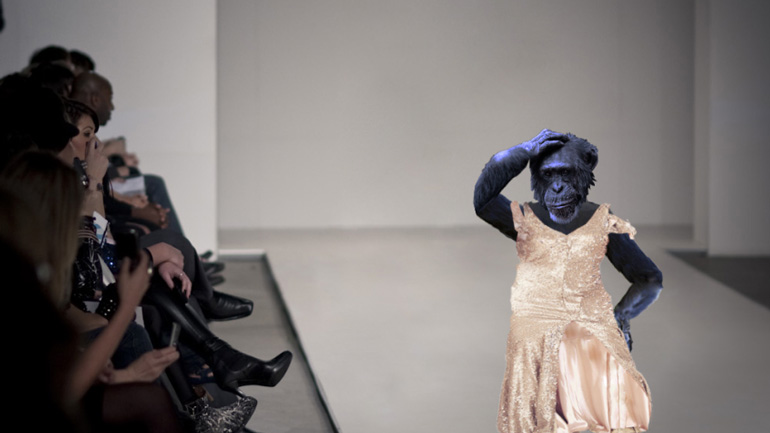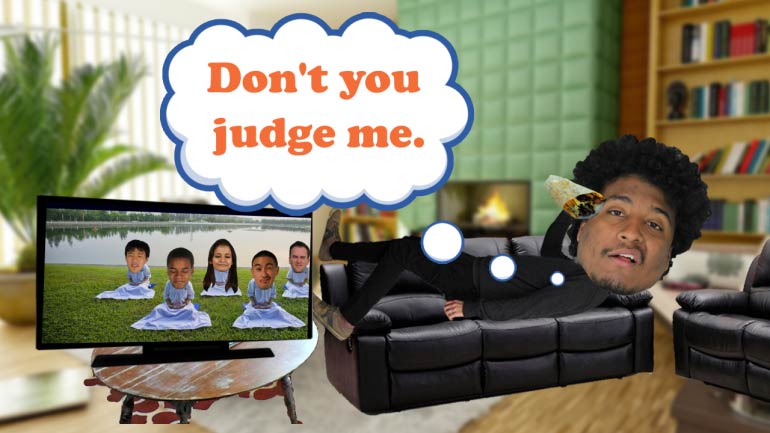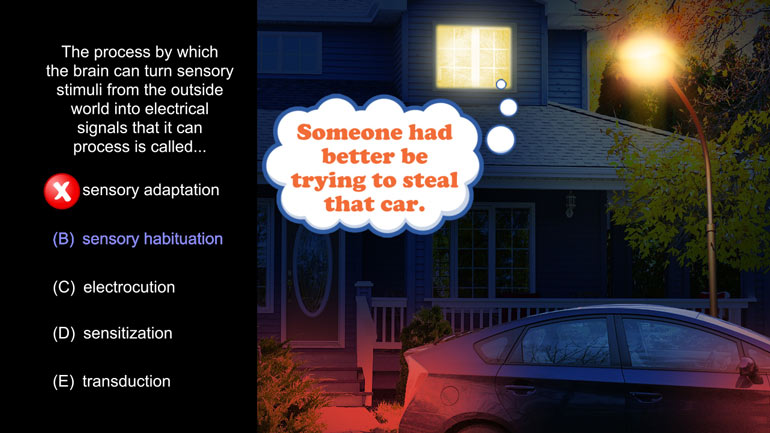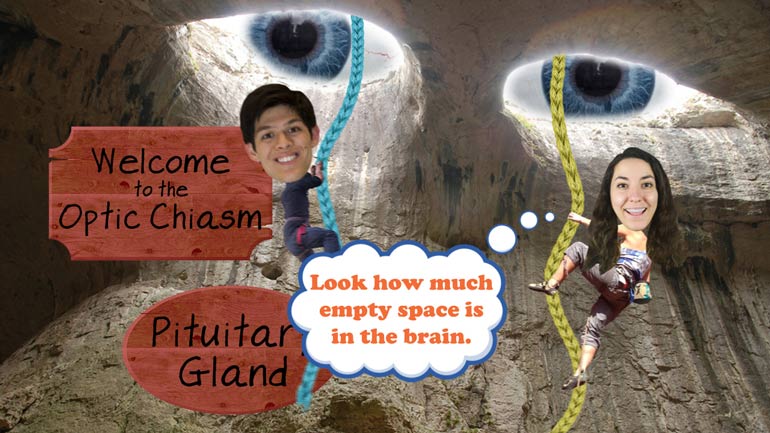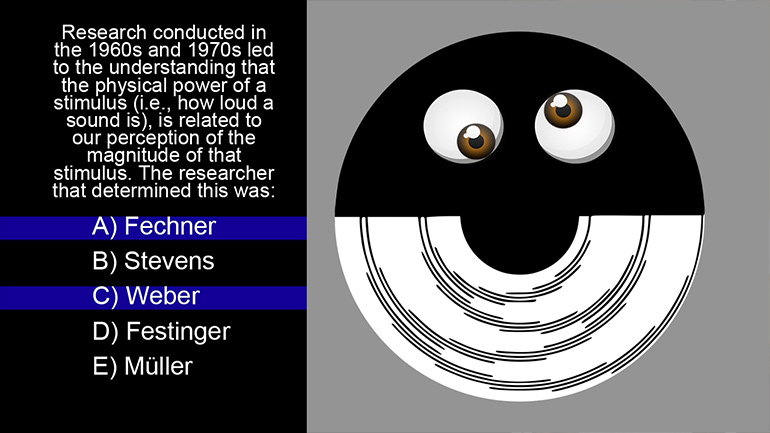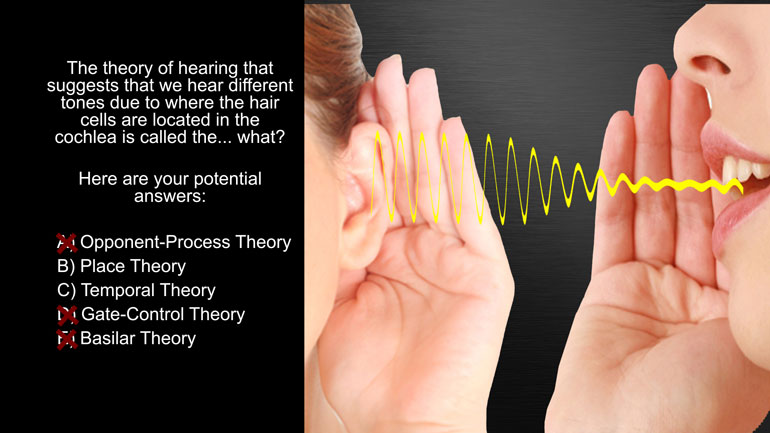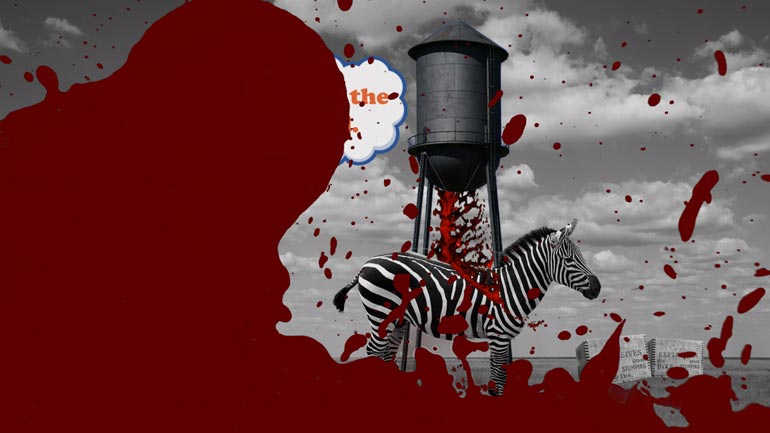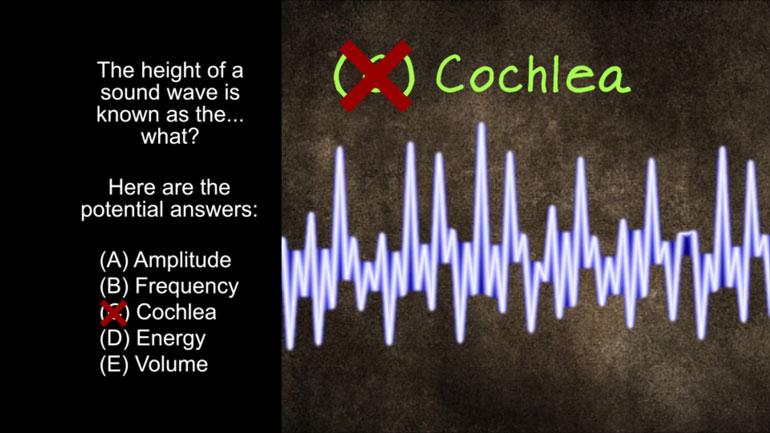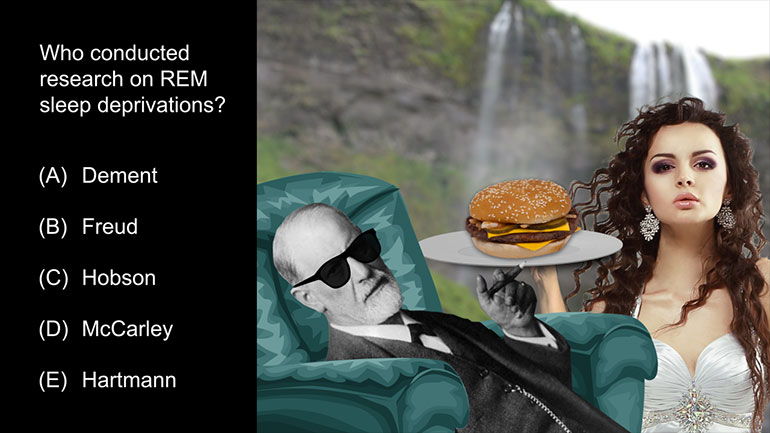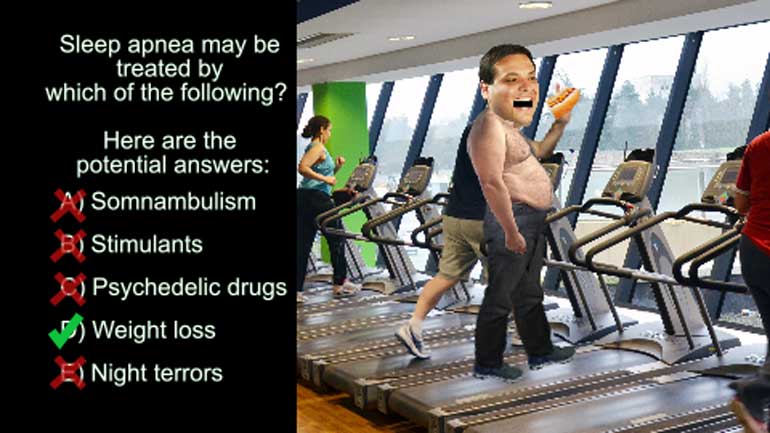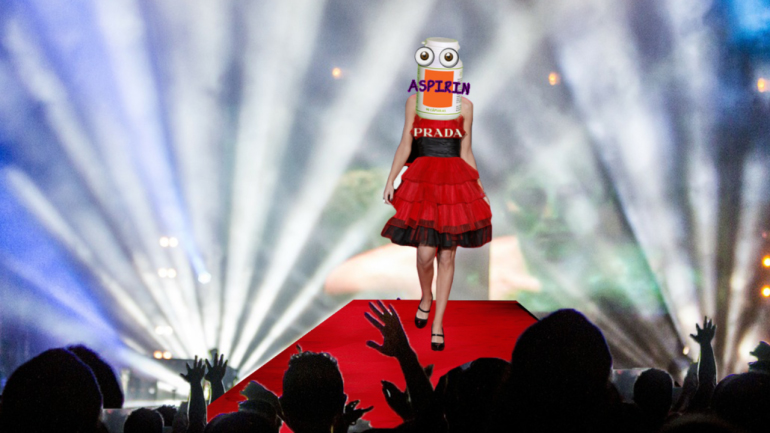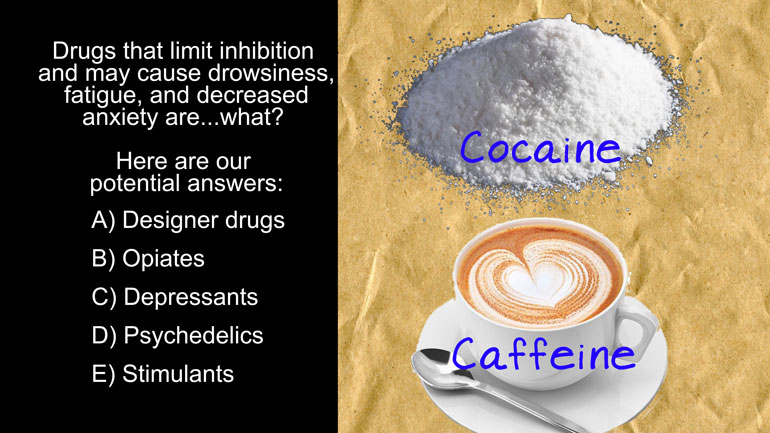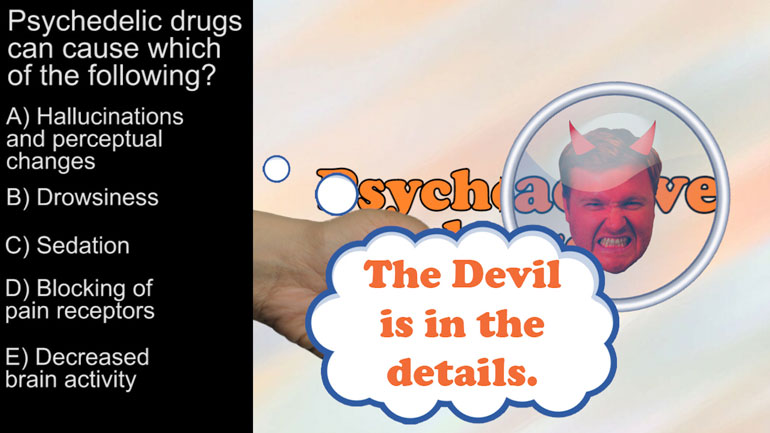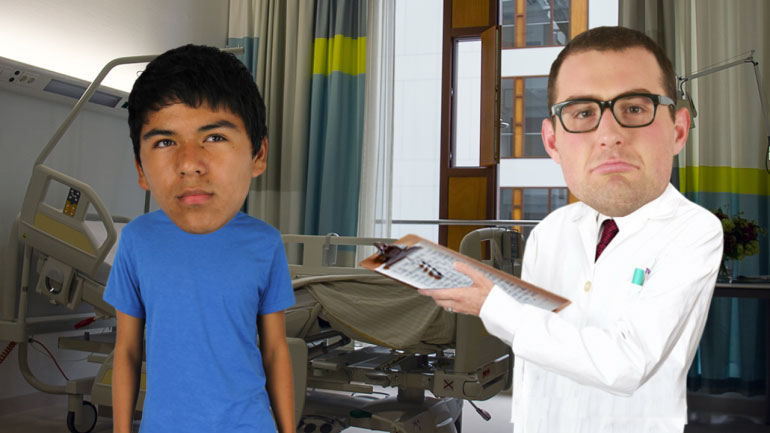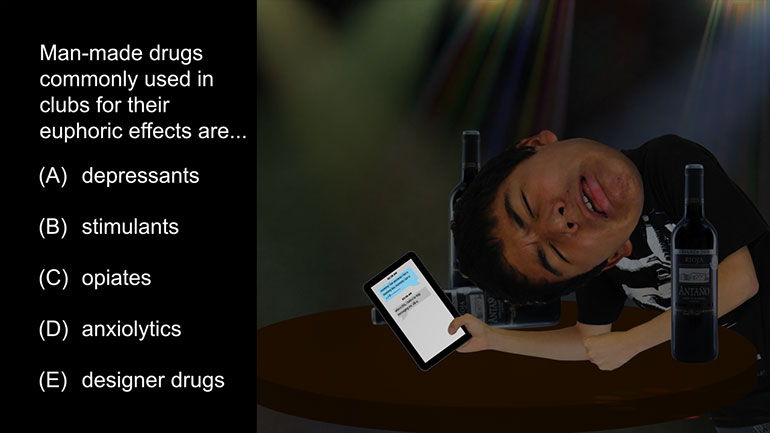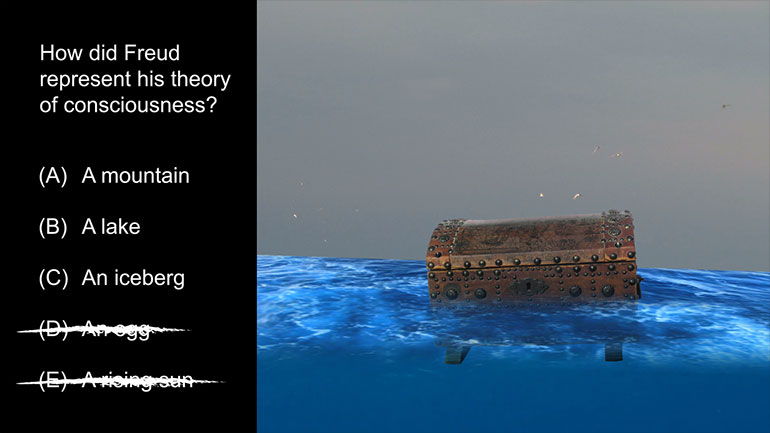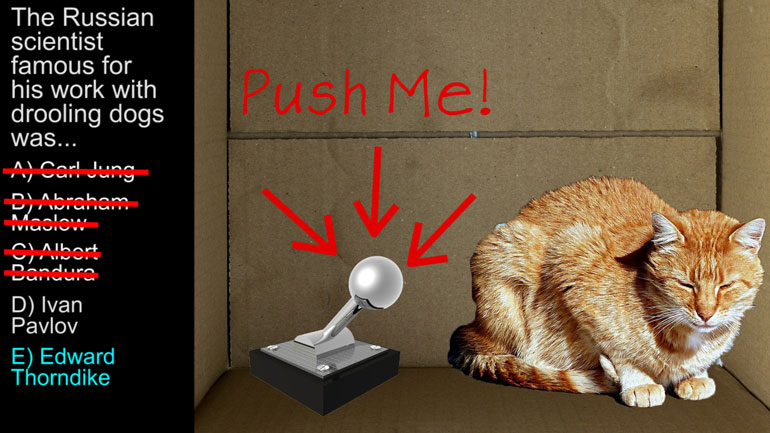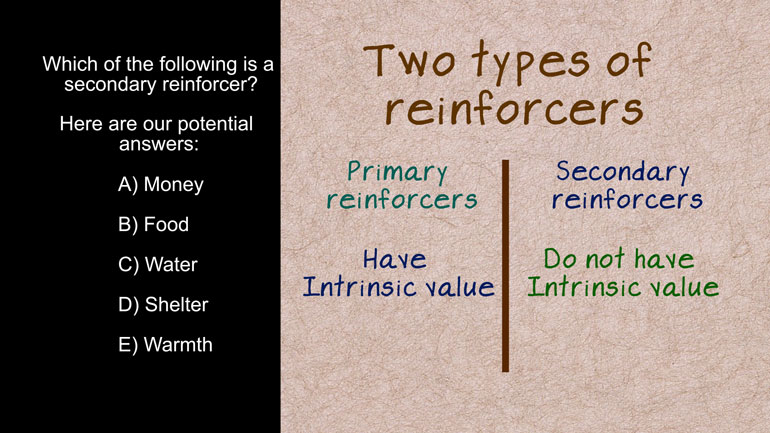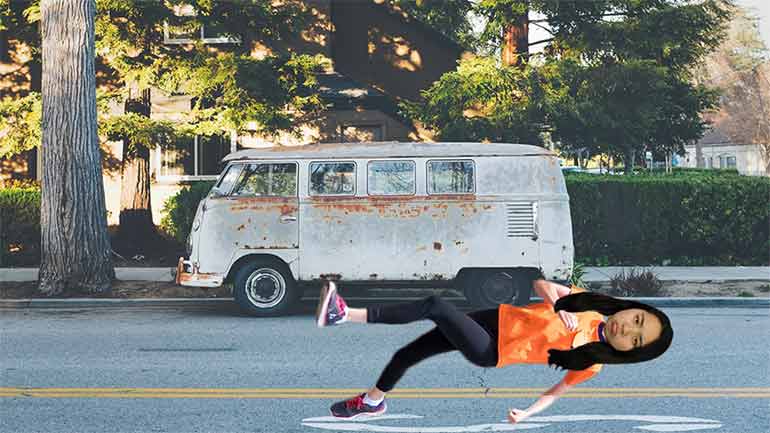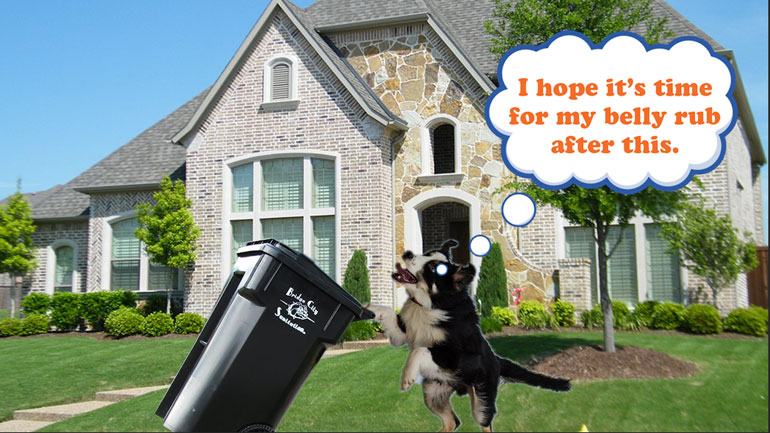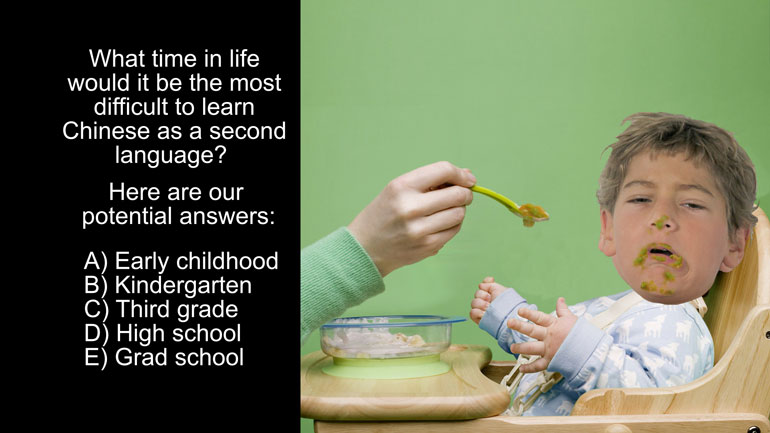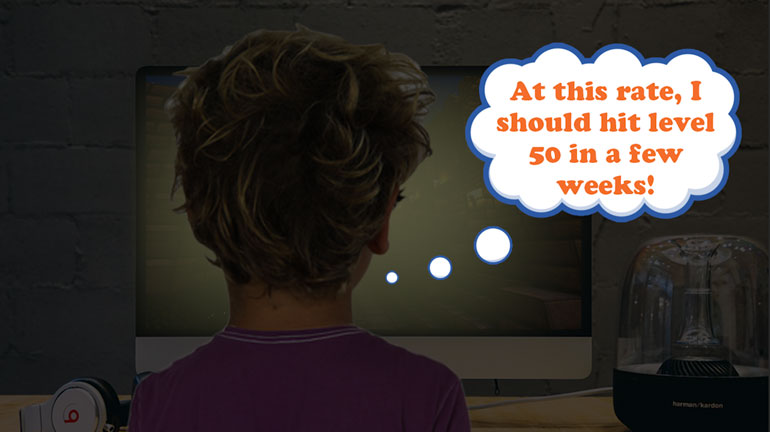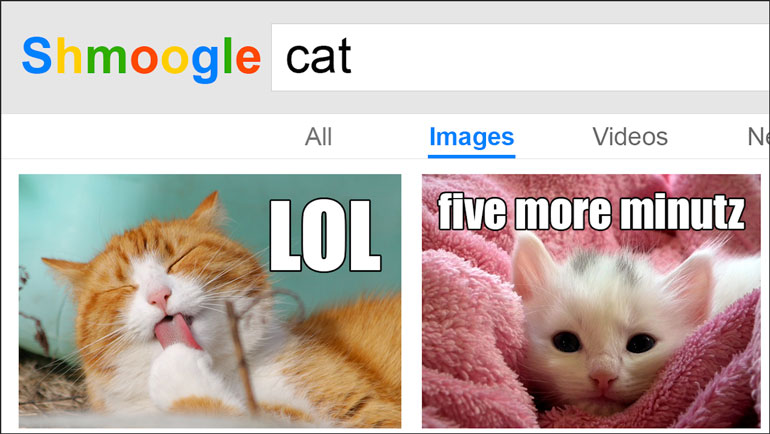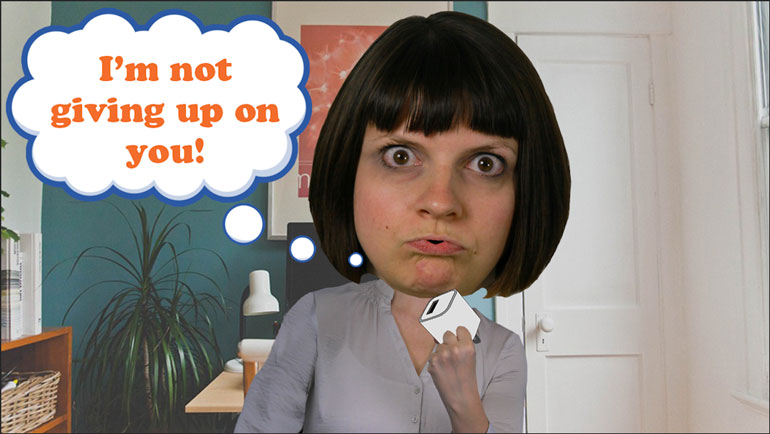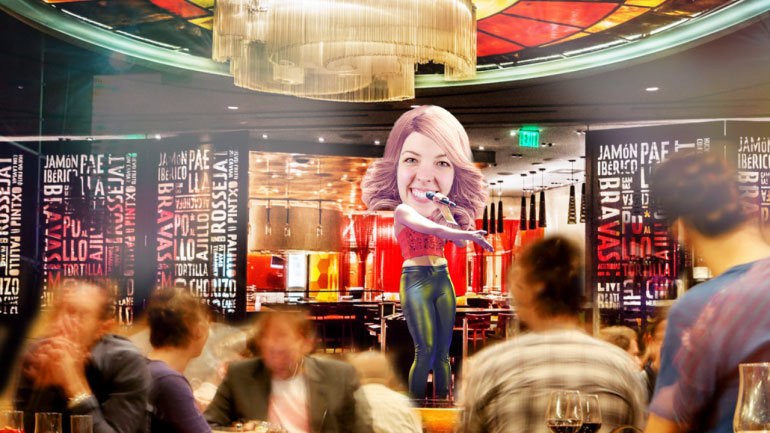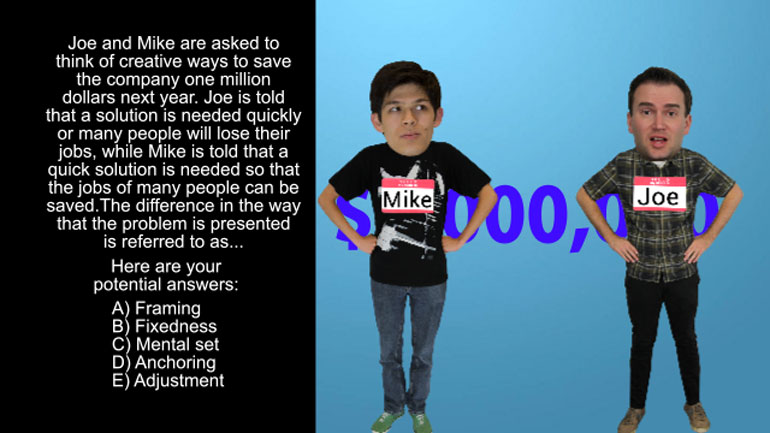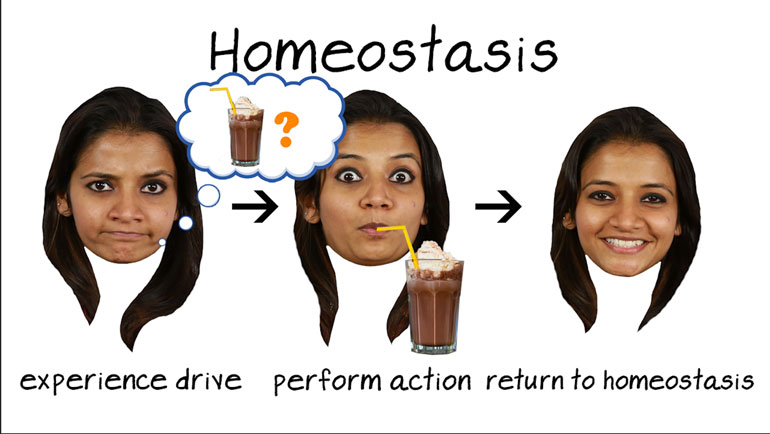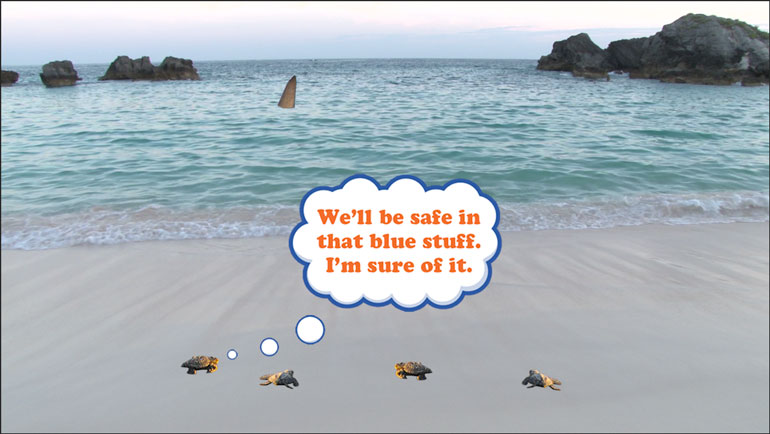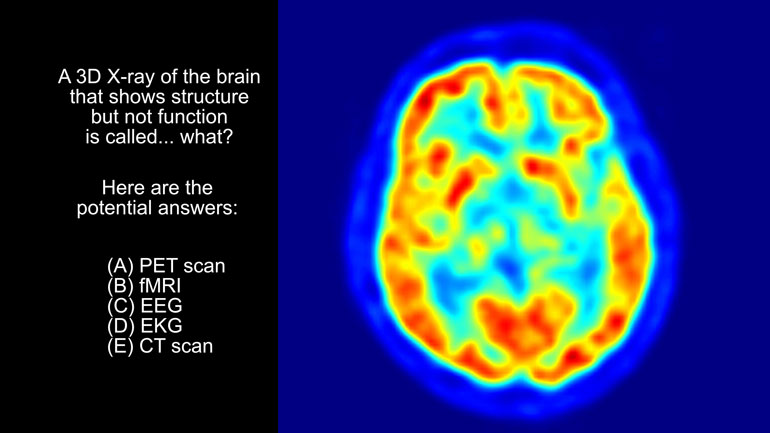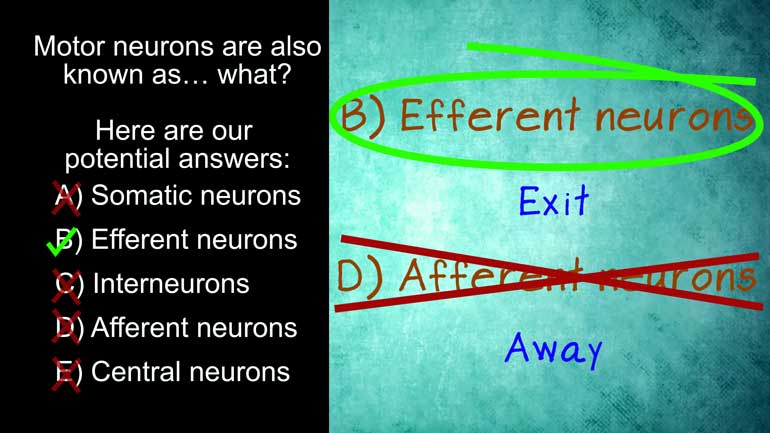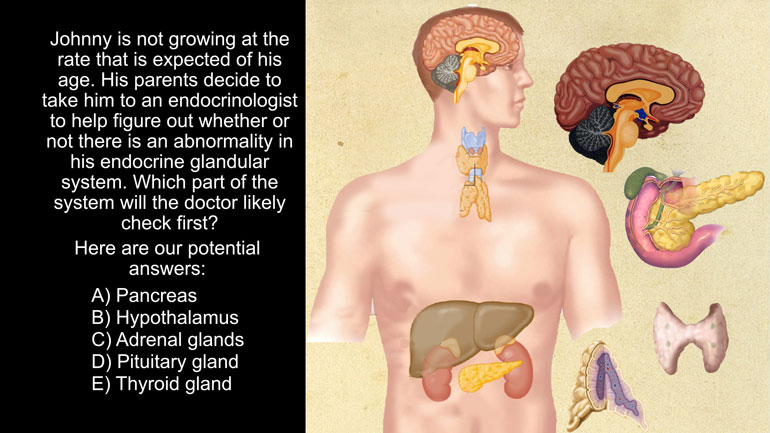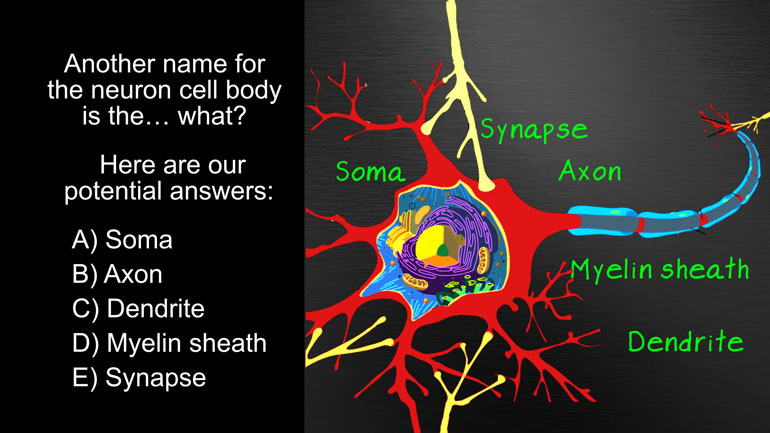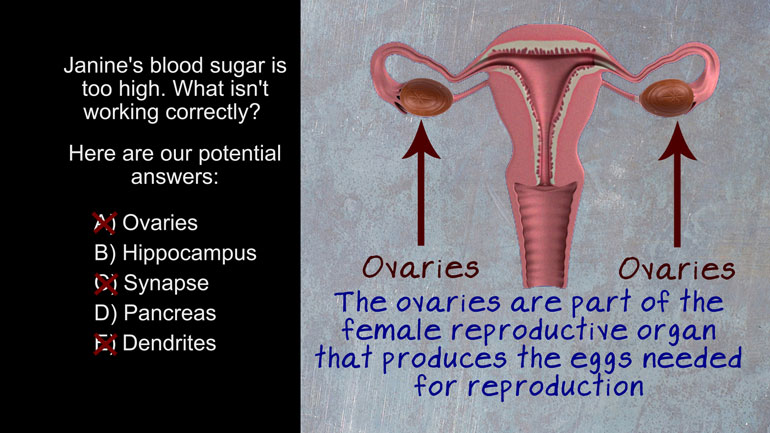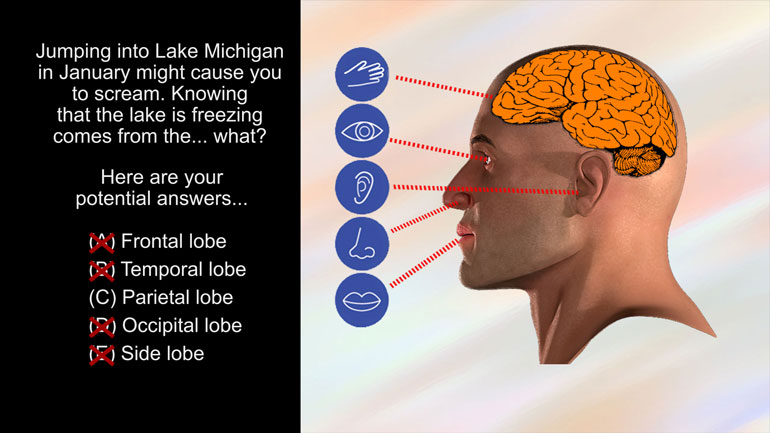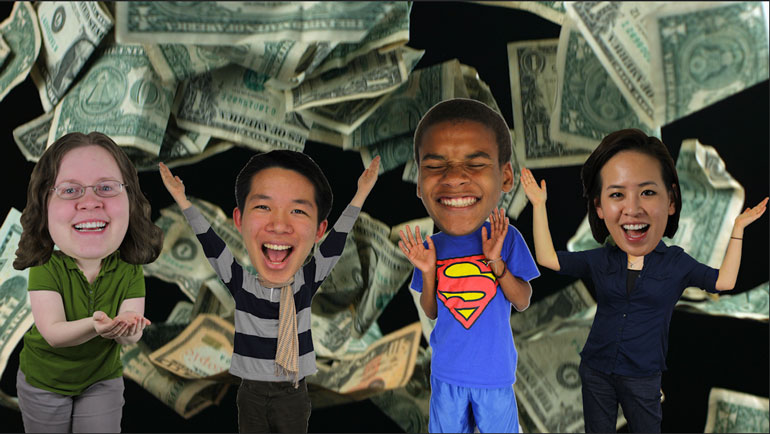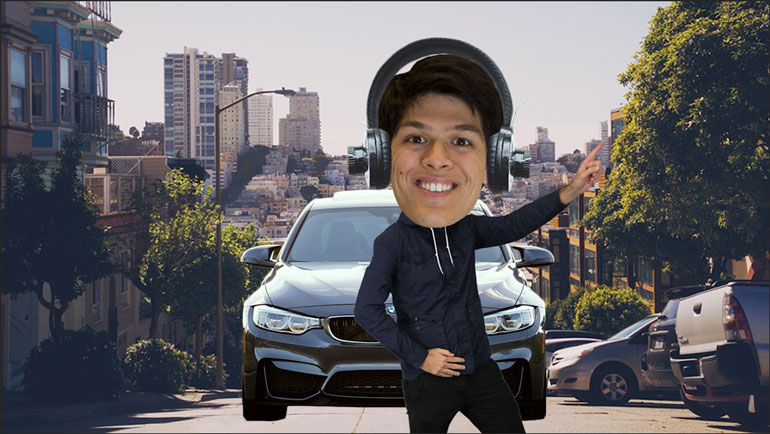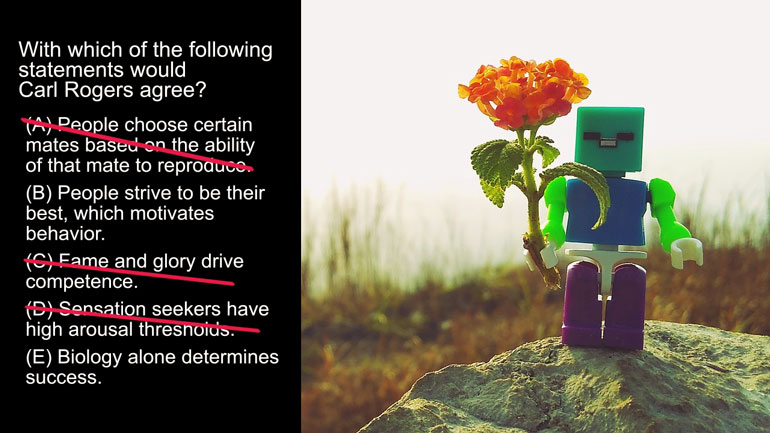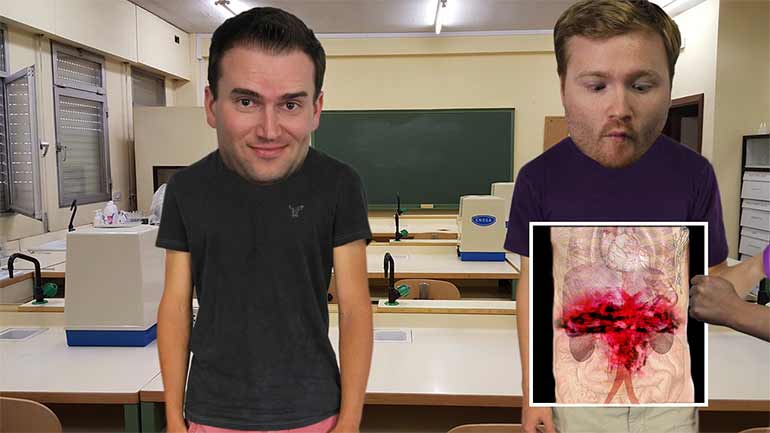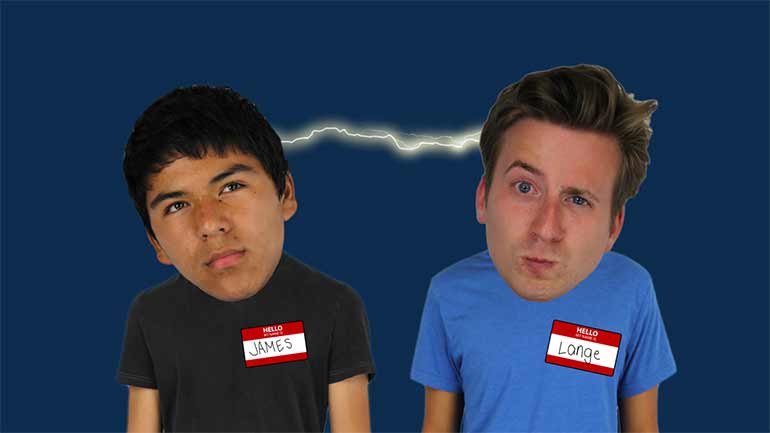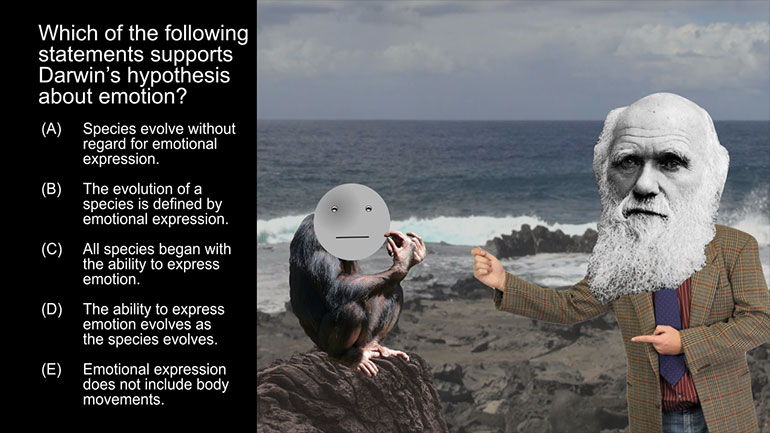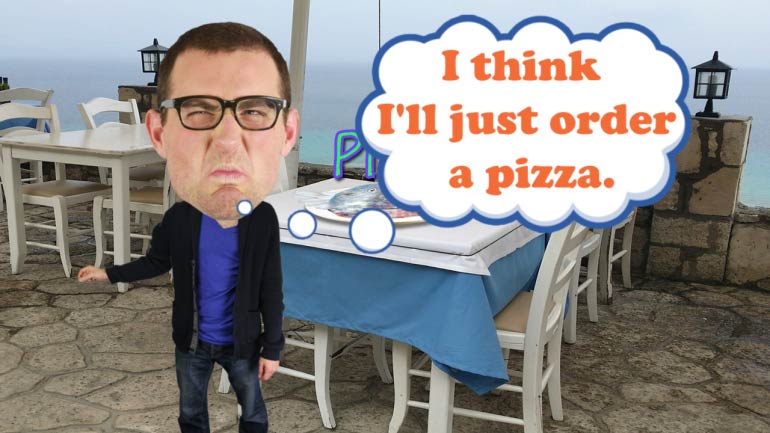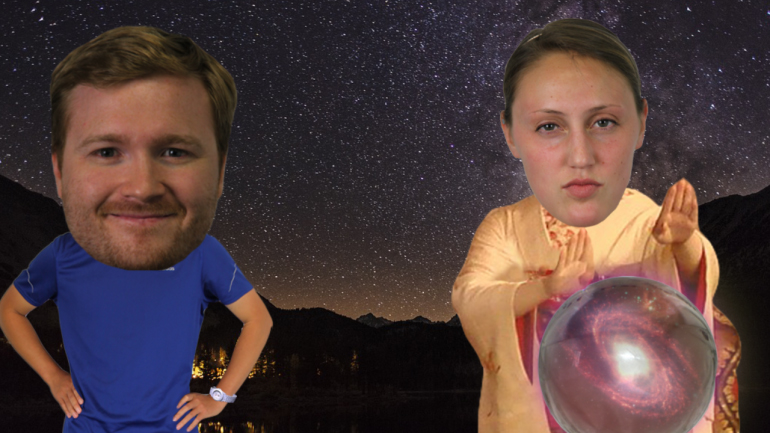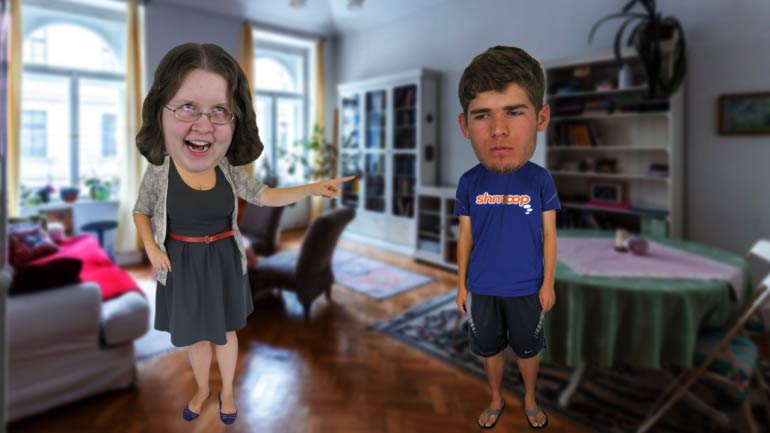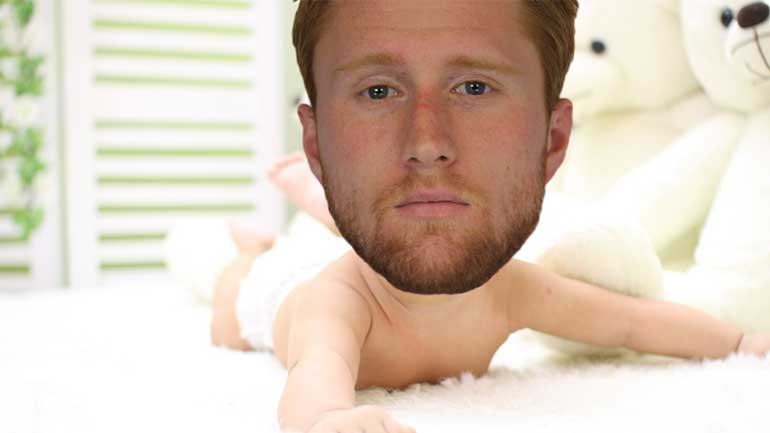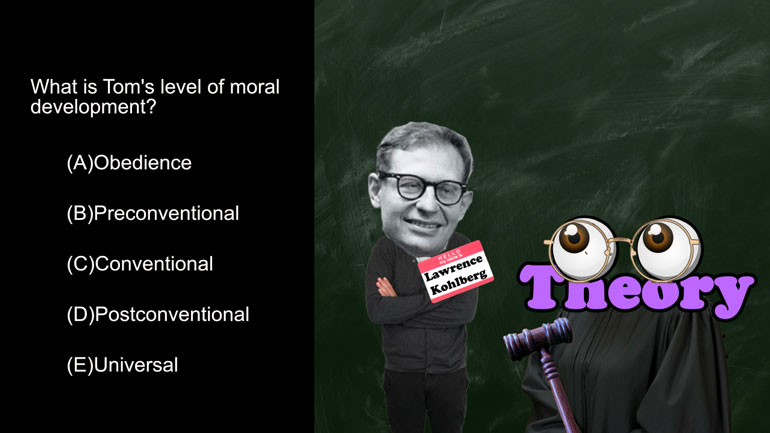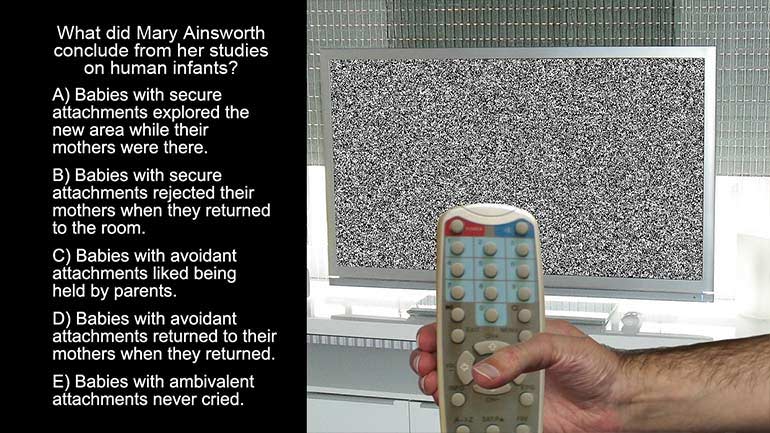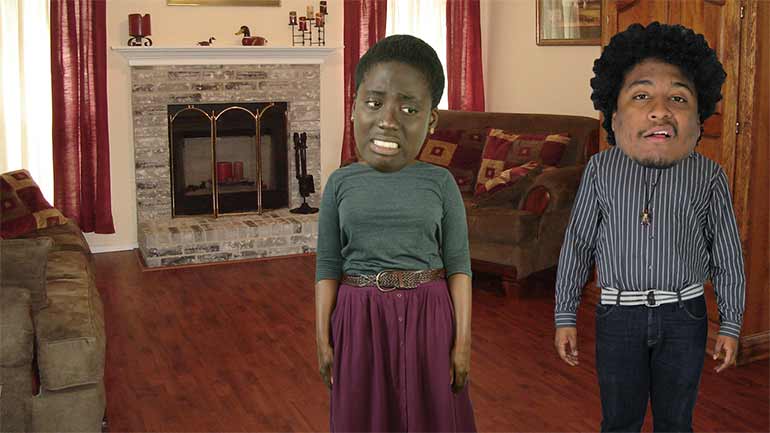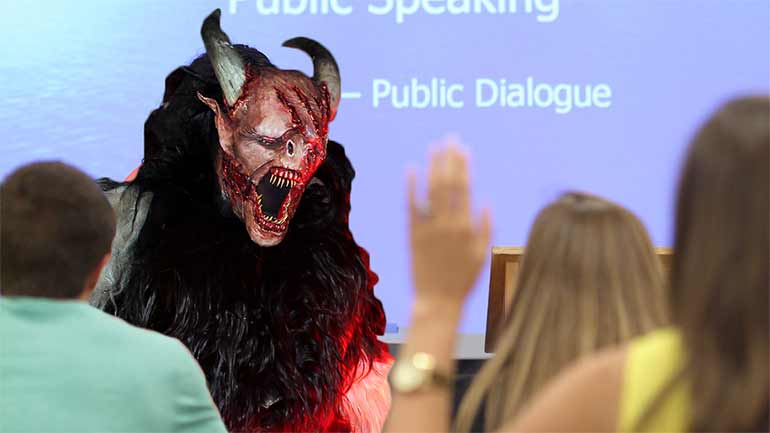ShmoopTube
Where Monty Python meets your 10th grade teacher.
Search Thousands of Shmoop Videos
AP Psychology Videos 135 videos
AP Psychology 2.3 Testing and Individual Differences. Which factor below needs to be considered in the administration and evaluation of the attenti...
AP Psychology 2.4 Testing and Individual Differences. Which of these is an example of studies used in the nature vs. nurture debate of intelligence?
AP Psychology 1.2 Developmental Psychology. How would you respond to someone stating that babies are born without any real sense of the world aroun...
AP Psychology 1.3 Motivation and Emotion 11 Views
Share It!
Description:
AP Psychology 1.3 Motivation and Emotion. Which of the following theories explain Joe's behavior?
Transcript
- 00:04
Here's your shmoop du jour brought to you by traffic laws or more [Man stood in the middle of traffic]
- 00:08
like traffic suggestion through all right Joe's walking across the street and his
- 00:12
heart starts to race as a car comes zooming toward him when he reaches the
- 00:15
other side of the street he realizes that he was fearful that the car was going to
- 00:18
hit him which of the following theories explained Joe's behavior and here's
Full Transcript
- 00:22
potential answers all right [mumbling] alright well there are several [a spider web]
- 00:27
different theories of our body's physical responses to external events
- 00:31
are linked to emotions such as fear personally we find that walking into a [two guys walk into a spider web and scream]
- 00:35
spider web triggers a pretty immediate physical and emotional response but er,
- 00:39
different story there. Is Joe's behavior explained by A cannon-bard theory, well
- 00:44
canon-bard theory states that we feel emotions like fear and experience [boy running and jumping into a pool]
- 00:49
psychological reactions like rapid heartbeat, simultaneously the question
- 00:53
tells us that Joe's heart began beating faster while he was in the street but [Joe crossing the road as a car zooms past]
- 00:57
the realization of fear came after he had crossed so not simultaneously cross
- 01:03
off A.. Is his behavior explained by B james-lange theory well james-lange
- 01:08
theory states that people feel emotion because they perceive their body's [Boy crying and thinking he must be sad]
- 01:12
physiological responses to an event well this one is close but it didn't take into account
- 01:16
that Joe didn't recognize the fact that he was feeling fear until after he had [Joe working in a lab]
- 01:21
crossed the street and thought about it so we can cross off B from our list. We
- 01:25
can also cross off D and E because William James and Carl Lange are the ones
- 01:30
who you know came up with the James-Lange theory of emotion just wasn't
- 01:34
a very clever name. Alright leaving us with C Schacter-Singer theory this
- 01:39
is because she actor singer is a cognitive theory of emotion meaning a [Two guys walking through a park]
- 01:43
person must think about their physiological state before emotion can
- 01:46
be recognized the question tells us that Joe comes to the realization of fear
- 01:50
after he crosses the street and thinks about his heart beating fast, so the
- 01:53
correct answer is C although in our opinion we probably could've avoided the [Joe wearing headphones crossing the street]
- 01:57
problem altogether if Joe had just learned to look both ways before crossing.
Related Videos
AP Psychology 1.1 Social Psychology. Which of the following best describes social psychology?
AP Psychology 1.1 States of Consciousness. Who conducted research on REM sleep deprivations?
AP Psychology 1.2 Cognition. Which of the following strategies would work best for generating new ideas?
AP Psychology 1.2 Sensation and Perception. The cells in the back of the eye that only see in black and white are called what?
AP Psychology 1.2 Social Psychology. What is the best choice for producing better productivity?
